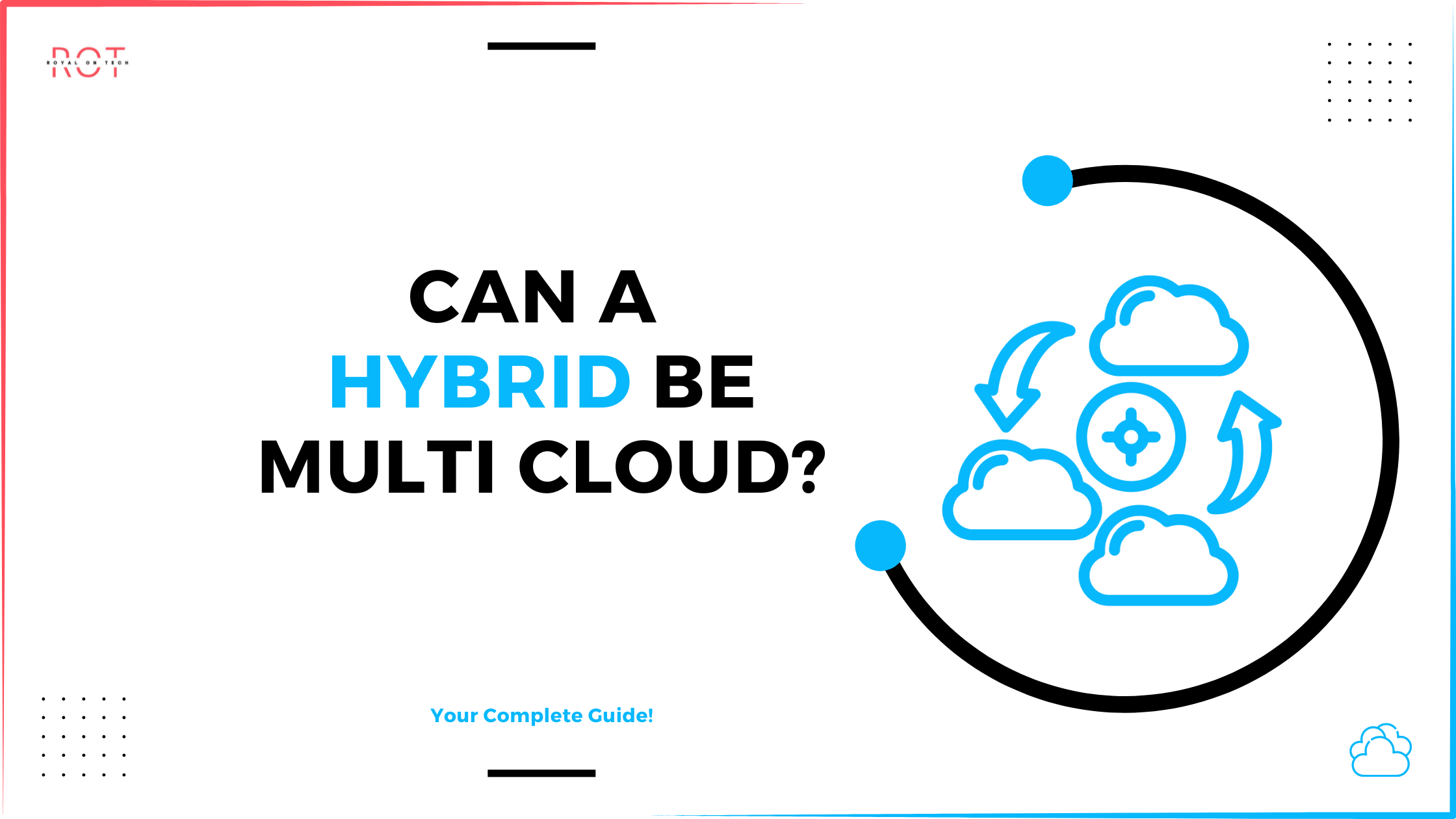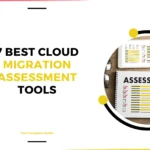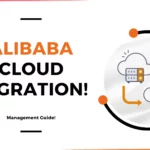For More Info!

Can a Hybrid Cloud also be Multi-Cloud?
Yes, a hybrid cloud can indeed be categorized as multi-cloud. Here’s an exploration of how these concepts intertwine:
A hybrid cloud transforms into a multi-cloud environment when it incorporates multiple public cloud services alongside private cloud resources.
Hybrid cloud architecture integrates public and private clouds to orchestrate unified IT solutions. Often, hybrid clouds are built on a shared virtualization layer like VMware cloud or vSphere.
For example, utilizing VMware on AWS and VMware on-premises enables seamless workload migration and uniform tool usage across both private and public cloud environments.
Multi-cloud, on the other hand, involves leveraging services from multiple public cloud providers such as AWS for application workloads and Microsoft Azure for enterprise databases.
While similar to hybrid cloud in some respects, multi-cloud specifically emphasizes the use of multiple public cloud provider services and may not include any private cloud components, although it can.
Enterprises opt for a multi-cloud strategy to mitigate risks associated with vendor dependency, meet regulatory compliance across different geographies, ensure business continuity, or capitalize on unique features offered by various cloud providers.
Architectural Differences: Hybrid Cloud vs. Multi-Cloud
The architectural variance between hybrid cloud and multi-cloud primarily centers on the placement of non-cloud resources:
- Hybrid Cloud: Integrates on-premises servers, storage, and networking infrastructure to support supplementary services like authentication, VDI, security, databases, and monitoring. These resources are pivotal alongside both private and public clouds, facilitating holistic IT management.
- Multi-Cloud: Focuses exclusively on public cloud services from different providers or even colocation facilities. Unlike hybrid clouds, multi-cloud environments do not incorporate on-premises private cloud infrastructure. Administration revolves around simplifying orchestration and monitoring across diverse public cloud platforms using unified tools.
While every hybrid cloud can be categorized under multi-cloud by broadening the definition, not every multi-cloud setup qualifies as a hybrid cloud due to the absence of private cloud components.
Multi-cloud strategies streamline operations by employing single tools that span multiple cloud environments, thereby reducing complexity and operational errors.
In multi-cloud environments, stringent data compliance requirements (such as PCI, HIPAA, GDPR) necessitate careful consideration of data residency and protection. Hyperscale cloud providers typically offer regional availability zones to ensure compliance, though managing data copies or backups across regions requires meticulous planning to avoid compliance breaches.




